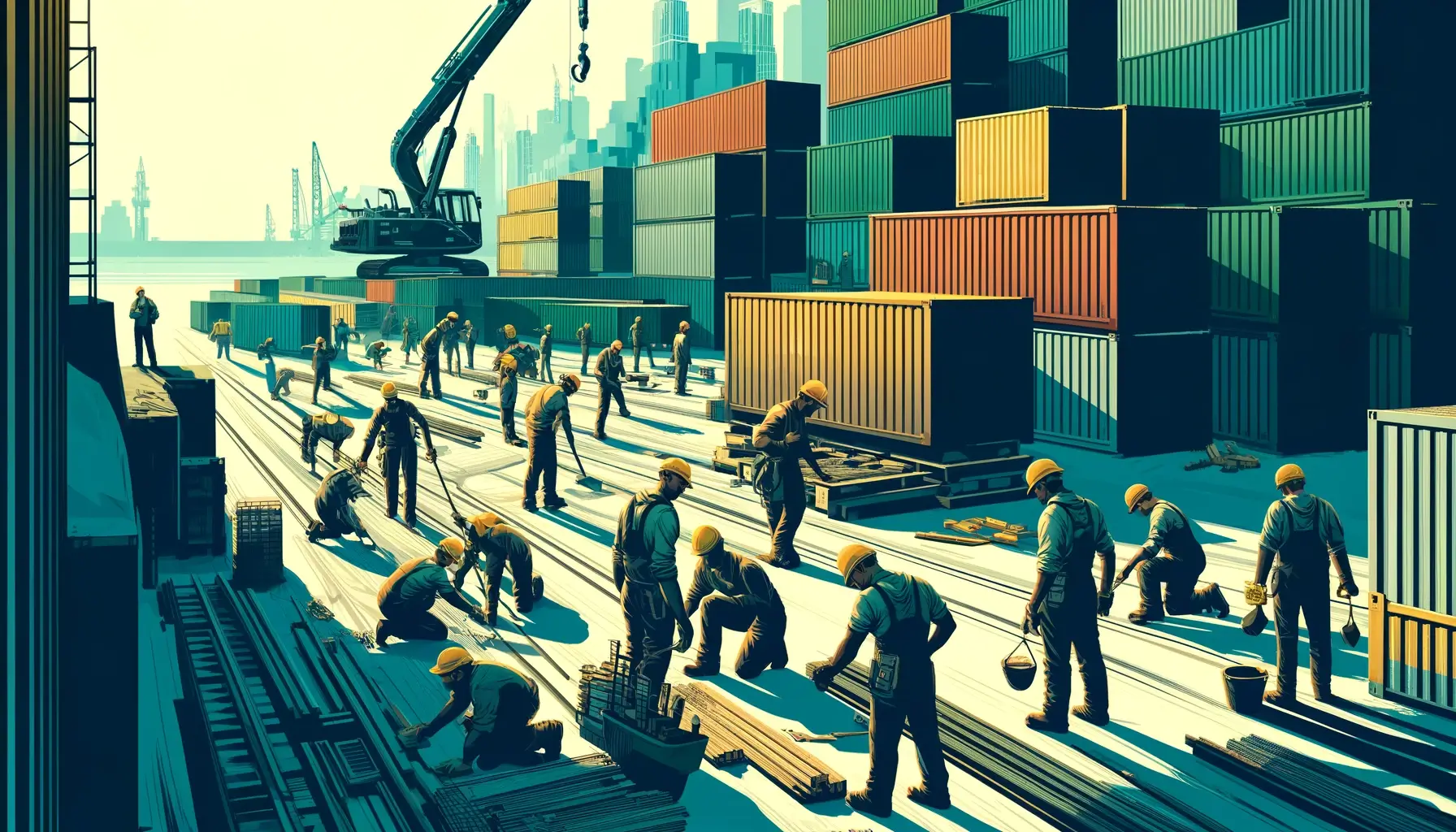As the industry booms, the demand for skilled workers continues to exceed supply, a challenge that has been persistent for years and is now reaching a critical point.
Greg Sizemore, Vice President of Health Safety, Environment, and Workforce Development for the Associated Builders and Contractors, recently discussed the dire need for skilled labor on the Peggy Smedley Show. He highlighted that the construction industry needs approximately 500,000 additional workers to meet the labor demands expected in 2024 alone. Despite progress in raising awareness about careers in construction, the pace at which new workers are entering the industry is not keeping up with the need, especially as many seasoned workers approach retirement.
Why the Labor Shortage Persists
The construction industry’s labor shortage is rooted in both the volume of work and the attrition of aging workers.
With construction spending forecasted to hit around $2 trillion in 2024, every $1 billion of spending is expected to create over 3,550 construction-related jobs. Yet, the sector struggles to fill these roles as quickly as they become available. Couple that with the reality that about one in five construction workers is now 55 or older — it’s safe to assume a huge number of retirements will add more strain to the workforce.
The gap isn’t just in numbers; it’s also in skills.
Many new workers lack the necessary trade skills, which can take years to develop. This discrepancy between the available jobs and the skills of workers is creating a bottleneck. Addressing this issue requires enhancing training and education programs, reforming immigration laws to allow more skilled workers into the country, and adopting new strategies for recruitment and training.
Local Solutions and National Strategies
Sizemore advocates for tackling the issue locally: “We need to work within our own zip codes,” he states, emphasizing the importance of community and local industry taking the lead rather than relying on federal solutions.
This involves leveraging local resources, such as community colleges and trade schools, and connecting potential workers with apprenticeship and training opportunities available through organizations like the Associated Builders and Contractors.
Looking Forward
To effectively address the labor shortage, the construction industry must innovate in how it recruits and trains workers. This includes expanding outreach to groups that may not have traditionally been involved in construction, such as veterans, minorities, and women, and providing more on-the-job training opportunities.
It also involves changing the narrative around construction careers, showcasing them as desirable and viable options.
As Sizemore passionately put it, embracing change and fostering a new generation of skilled workers is essential for the future of construction and the broader economy.



